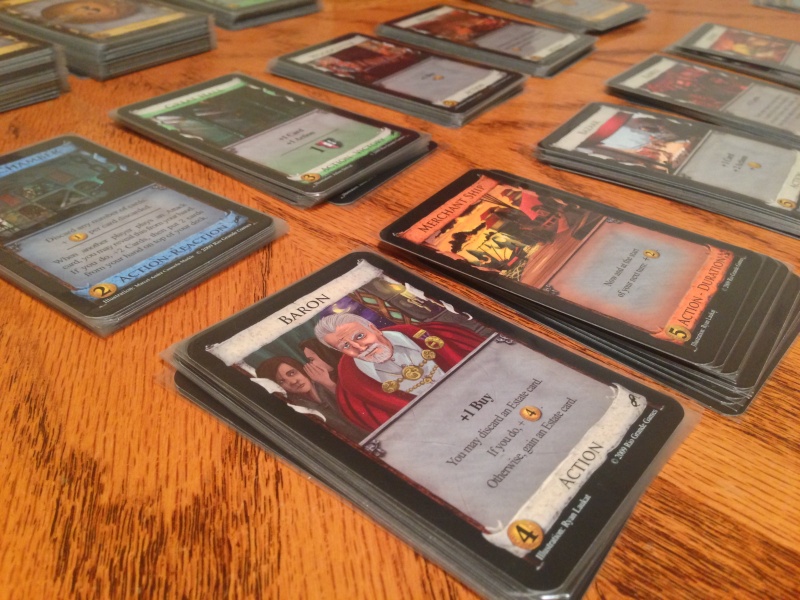 An elite group made up of some of the most skilled professionals in the world forms the Art Rescue Team. Their goal: Stop The White Hand, a nefarious thief’s organization, from kidnapping precious works of art. Time is limited, resources are thin, and the bad guys just keep multiplying. Can your team accomplish their mission before the clock runs out? Find out in The A.R.T. Project, a highly strategic resource-management co-op game for 1-6 players.
An elite group made up of some of the most skilled professionals in the world forms the Art Rescue Team. Their goal: Stop The White Hand, a nefarious thief’s organization, from kidnapping precious works of art. Time is limited, resources are thin, and the bad guys just keep multiplying. Can your team accomplish their mission before the clock runs out? Find out in The A.R.T. Project, a highly strategic resource-management co-op game for 1-6 players.
Gameplay Overview:
Each game takes place on a map board depicting a different nation, with the recommended starter map being Japan. Major cities throughout the map are populated with Agents of The White Hand. The team’s goal is to complete mission cards and rescue all of the threatened art pieces before The Agents of The White Hand can take over the board. If all of White Hand’s agents are out on the board, the team loses. If too many cities are overrun by the bad guys, the team loses. If any players die, or the mission deck runs out, the team loses. The game’s level of difficulty is high, making losing the much more likely prospect unless the team plans very carefully. At your disposal are four health tokens per player and a limited pool of shared resources, including gas canteens to allow for player movement, walkie talkies to recruit assistance, and guns to fight the Agents.

At the beginning of the round, each player draws two mission cards, and then the team decides the order they want to complete the missions in, based on the resources available to them. Completing three mission cards with the same symbols on them allows you to rescue an art piece, but each mission card has a resource cost, and most will also summon more Agents to various cities across the map. If too many Agents appear in any one place it becomes a lost city, making the team’s job much more difficult. To clear Agents off the board, you will need to expend resources both to move to them and then battle them. Fights are conducted via dice rolls, and the Agents get progressively more difficult to defeat as you rescue more art pieces. If you ever come up short on resources, the active player can bridge the gap by expending health tokens, but if any player runs out of health tokens, the game is lost. It’s tense and tricky and requires a lot of well-timed teamwork to succeed.

Game Experience:
Even on the easiest mode, the A.R.T. Project is a hard game. It is a resource-management puzzle in its trickiest form. We lost miserably on our practice play-through. One poorly executed turn can, and will, lose the game for you. This makes it all the more rewarding when you succeed. Each failure prompted more conversation for us about refinement and what we could do better.

Co-op games with complex strategy often fall prey to ‘Quarterbacking,’ one player guiding the narrative and making all of the choices for the table. The A.R.T. Project avoids this by making the most critical information, the player’s mission cards, private, which limits how much information you can share on your turn. This means each player truly has to be thinking several steps ahead, actively communicating carefully with their teammates. There’s no zoning out between turns while you wait for play to come back around to you, and the most carefully planned fight scene can still be complicated by poor dice rolls. The difficulty escalates throughout the game, making the bad guys more troublesome to defeat the longer you let them linger on the board.
More players increase the difficulty, making different player counts genuinely feel like unique play experiences. Each of the city maps is well done, both in the variety of the art and in how they create a new web of difficulty based on their layouts. I can see the changeable boards being a good opportunity for expandable content. If you like logistics and optimization, this game will reward your ability to plan and strategize. However, if even one player in your group is not a fan of this play style, or struggles with resource management, it will make for a much more contentious play experience. Everyone needs to be on their ‘A’ game to succeed. The turn structure itself is fairly simple, to the point of occasionally feeling repetitive.

The art style of this game manages to be dynamic and frenetic without feeling too crowded or busy. The colors are saturated and the gameboards are highly decorated, creating a really rich visual experience. The whole package calls back to stylized heist movies like The Italian Job, marrying the theme well with the gameplay. I do wish that each of the characters, described in flavor text as being specialists in their field, had different skillsets available to the players.
Final Thoughts:
The A.R.T. Project’s level of difficulty isn’t for everyone, but gamers who resonate with the play style will love it. If you like co-op games but resent when they’re too easy or hold your hand too much, The A.R.T. Project will fill a niche for you and provide you with ample enjoyable content.
Final Score: 4 Stars – Excels at what it sets out to do, but casual gamers beware.
 Hits:
Hits:
• Delivers highly thematic gameplay
• Challenging at every player count
• Rewarding for puzzle fans
Misses:
• Difficulty level is very high, even on the easiest play mode
• Turn structure can feel monotonous on repeated plays























